
Germany’s Autobahn system has long held a unique place in the global imagination, often synonymous with unrestricted speed and engineering marvel. For many, the very word “Autobahn” conjures vivid images of powerful vehicles hurtling across vast stretches of highway without the hindrance of speed limits, a freedom largely unparalleled in the developed world. This perception, deeply ingrained and frequently reinforced by popular culture and anecdotal accounts, has become a defining characteristic of German motoring, drawing both fervent fascination and persistent debate from around the globe. It represents a distinctive philosophy of road design and usage, embodying a certain trust in driver capability and vehicle performance.
Yet, this widely held notion, while accurately reflecting significant portions of the network, often overlooks a more nuanced and complex reality. The Autobahn is not a monolithic entity of endless high-speed stretches; rather, it is an intricate network of highways. Critically, while substantial portions do indeed allow for unrestricted speeds, a considerable percentage operates under strict limitations. This intricate balance of unparalleled freedom and essential regulation was brought sharply into international focus by a recent incident that captured global headlines, involving a motorist clocked at an astonishing nearly 200 miles per hour on a specific section where a clear and firmly enforced speed limit was in place.
This singular incident, far from being an isolated curiosity, serves as a crucial lens through which to examine not only the specifics of the violation and its immediate legal and punitive consequences. It also highlights the deeper complexities and ongoing operational realities of the Autobahn system itself. It prompts a detailed and comprehensive exploration of precisely how and why certain sections are regulated, the advanced technological tools employed by authorities to ensure adherence, and the enduring public, political, and cultural discourse surrounding the future of speed limits on Germany’s iconic motorways. We aim to dispel common myths and provide a thorough, authoritative understanding of this fascinating intersection of national infrastructure, driving culture, engineering prowess, and legal enforcement.

1. **The Record-Setting Autobahn Speed Violation**
The incident that sparked renewed global attention to the Autobahn’s regulations occurred on July 28. A motorist was apprehended for driving at an astounding speed of more than 320 kilometers per hour, which translates to approximately 199 miles per hour. This remarkable velocity was recorded on the A2 highway, a major artery located near Burg, just west of the German capital, Berlin. The sheer scale of this speed alone was enough to generate considerable interest, setting it apart from typical speeding infractions.
What truly elevated this event to headline status, however, was the official designation from German police. They swiftly identified this particular reading as “the highest record speed” ever detected on that specific stretch of road. This established a new benchmark for extreme violations within a system already associated with high speeds. The driver’s pace was notably more than 124 miles per hour above the legally established speed limit for that section. This highlighted a profound and dangerous disregard for the posted restrictions and the inherent risks to public safety.
The precise location of the infraction, on the A2 highway near Burg, underscores that this was not an occurrence on one of the fabled unrestricted segments. Instead, it was a direct challenge to the regulated environment of a major transport route, where rules are implemented for specific reasons. The details provided by the police, including the exact speed and location, painted a clear picture of a deliberate and exceptionally fast violation. This compelled a closer look at the mechanisms of enforcement and the prevailing understanding of Autobahn rules.

2. **The Immediate Repercussions: Penalties for the Driver**
Following the apprehension, the motorist, whose identity has been withheld from public release in accordance with privacy norms, faced a series of substantial and immediate penalties. These consequences were commensurate with the severity of their offense. The Magdeburg police office promptly processed the infraction, outlining a clear and multi-faceted consequence structure. The financial penalty was significant: a fine of 900 euros, which, at the time of the incident, was equivalent to approximately $1,043. This considerable sum serves as a tangible deterrent, aimed at impressing upon the driver the serious financial ramifications of such extreme speeding.
Beyond the monetary aspect, the driver also incurred administrative penalties directly impacting their fundamental driving privileges. The German system employs a points-based license scheme, and in this instance, two points were stripped from the driver’s license. This deduction is a clear marker against their driving record, indicating a serious violation. It could potentially bring them closer to further punitive measures should additional infractions occur. Such a system is designed to track persistent offenders and ensure a cumulative consequence for repeated breaches of traffic law.
Perhaps the most impactful consequence, however, was the mandatory driving ban imposed for a period of three months. This temporary but significant suspension from operating a vehicle removes the offender from Germany’s roads for a considerable duration. This measure is not merely punitive; it is a critical safety intervention. It prevents an individual who has demonstrated extreme recklessness from continuing to pose a potential danger to other road users. The combination of a heavy fine, license points, and a driving ban collectively delivers a strong message about accountability and the serious legal repercussions awaiting those who disregard traffic laws on the Autobahn.
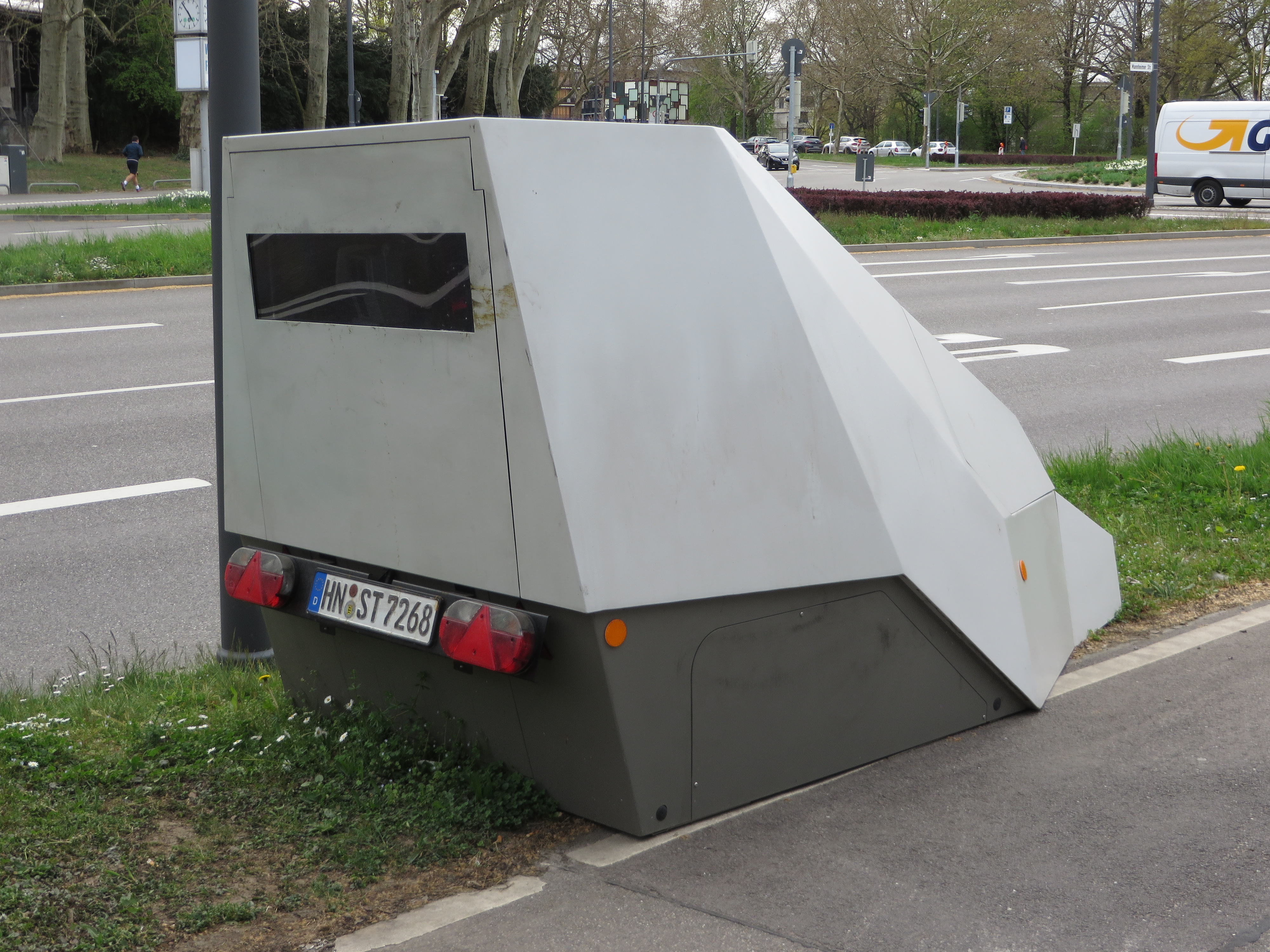
3. **The Technology Behind the Catch: The “Enforcement Trailer”**
The detection and official recording of this record-breaking speed were not the result of a traditional police pursuit or direct observation by an officer at the moment of the violation. Instead, the motorist was apprehended through the advanced capabilities of a specialized roadside radar system known colloquially as an “Enforcement Trailer.” This autonomous device represents a key aspect of modern German traffic enforcement. It provides objective and irrefutable evidence for infractions that might otherwise be difficult to capture.
The “Enforcement Trailer” operates as a sophisticated mobile speed camera unit, strategically deployed by police for routine checks across the Autobahn network. Its design allows it to be placed discreetly at various locations, continually monitoring vehicle speeds with high precision. This particular trailer, positioned on the A2 highway near Burg, proved exceptionally effective. It captured the exact moment the driver exceeded the limit. The device’s internal display unequivocally showed “the highest record speed” of 321 kph, providing concrete data that formed the basis for the subsequent legal action.
This technological approach to enforcement underscores Germany’s commitment to road safety through automated means. These trailers are not just simple radar guns; they are comprehensive systems that record speed, time, and often photographic evidence, leaving little room for dispute. Their ability to conduct “routine checks” on vast stretches of highway, including those where specific limits are in place, highlights their critical role in ensuring compliance. They reinforce that even on the famed Autobahn, the rules are enforced by precise and unblinking surveillance.
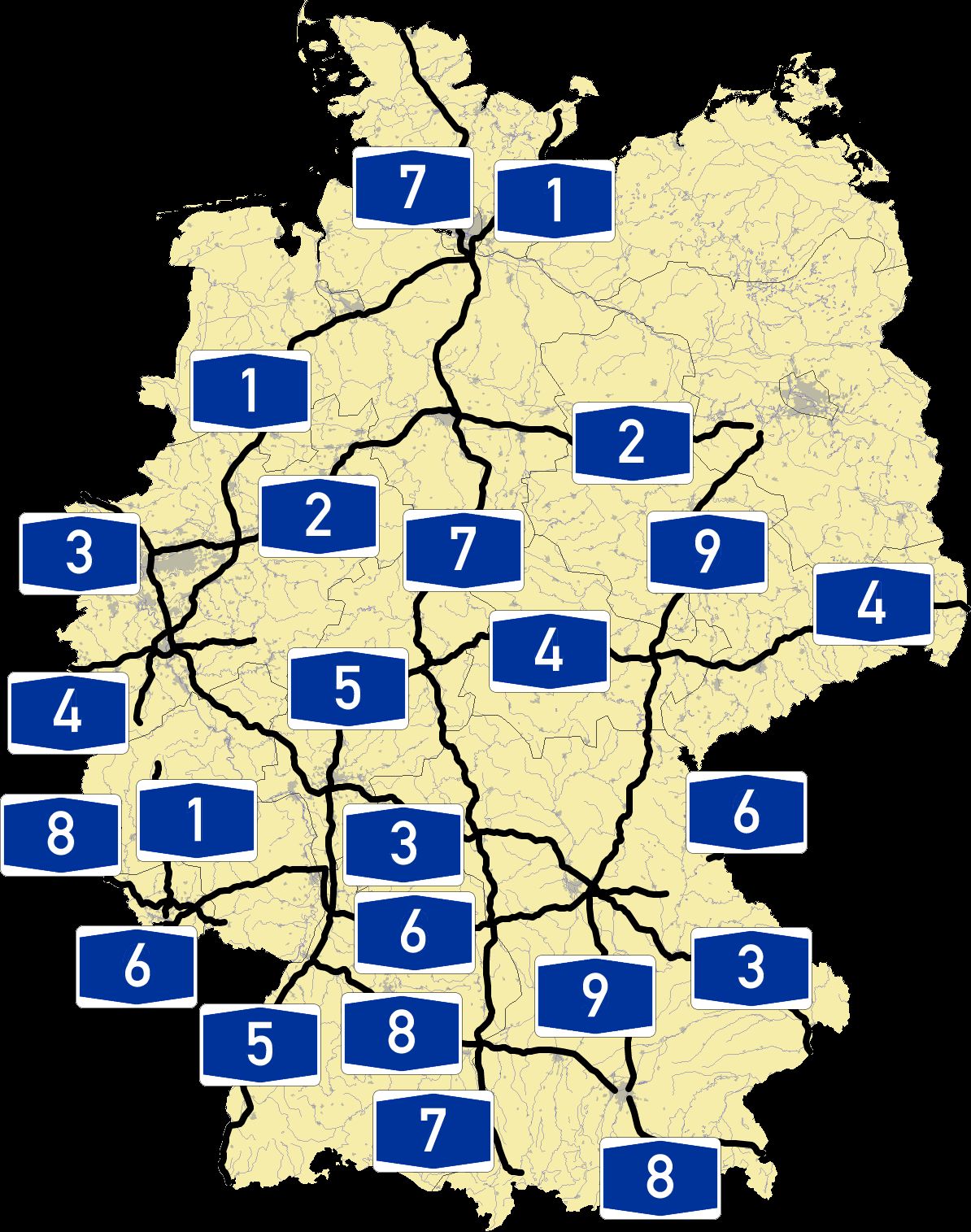
4. **Debunking the Myth: Autobahn’s Universal Speed Limit Perception**
The German Autobahn is, without doubt, one of the most iconic road networks globally. It is primarily renowned for its extensive sections where no general speed limit applies. This unique characteristic has cultivated a widespread international fascination. It fosters a popular perception that the entire Autobahn system operates without any restrictions on speed whatsoever. For countless individuals outside of Germany, particularly in nations where strict, universally applied speed limits are the norm, the very idea of driving at speeds limited only by one’s vehicle capabilities and personal judgment represents an almost mythical freedom. This is a compelling aspect of German engineering and driving culture.
This captivating perception is frequently amplified and cemented in international media, travelogues, and casual discussions. It contributes to a somewhat incomplete understanding of the network’s actual regulatory framework. The fame derived from its “lack of speeding limits” has, in many ways, overshadowed the underlying complexities and the significant realities of its operational structure. Consequently, when incidents such as the nearly 200 mph violation occur, particularly on a clearly regulated section, it often comes as a considerable surprise or even a contradiction to those who hold the romanticized view of an entirely limitless Autobahn. This disparity between the popular myth and the practical, legally enforced application of traffic rules profoundly highlights the need for a more comprehensive understanding of this unique road system.
The initial headlines reporting the record-breaking speed often lead to the question, “We Thought The Limit Does Not Exist?” as one source aptly put it. This rhetorical query perfectly encapsulates the global confusion and the ingrained belief that the Autobahn is a lawless expanse of asphalt. However, it is precisely these incidents that force a re-evaluation. They serve as stark reminders that the full story of the Autobahn involves not just freedom, but also significant portions where speed is indeed a regulated factor, demanding driver attention and adherence.
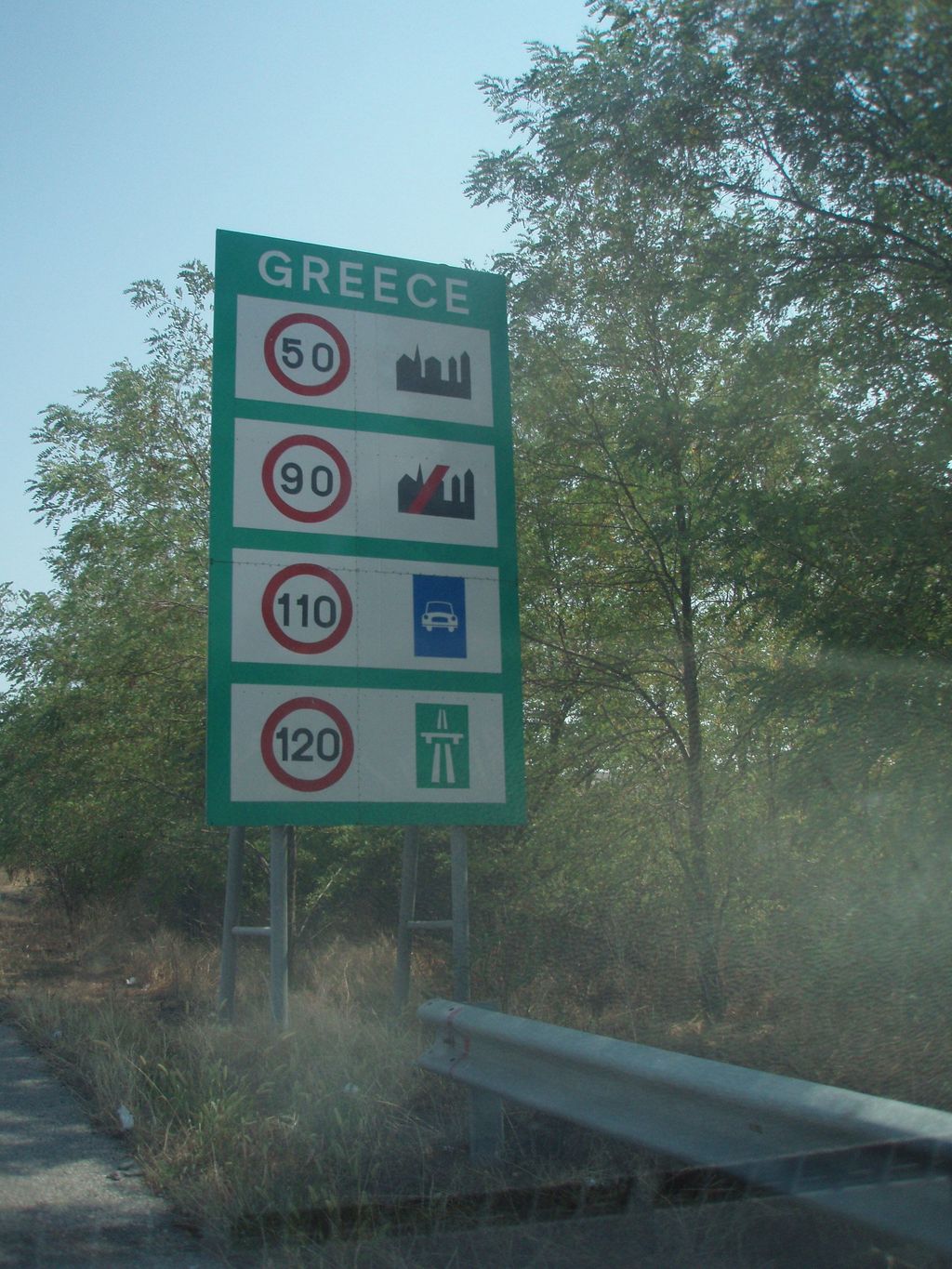
5. **The Reality: Where Speed Limits *Do* Apply on the Autobahn**
Contrary to the pervasive international myth, the concept of universally limitless speeds is, in fact, not applicable across the entire German Autobahn network. It is an essential distinction to make that while certain celebrated segments are indeed famous for their absence of general speed limits, a substantial and critical proportion of the motorway system is unequivocally subject to specific and often rigorous speed restrictions. This nuance is paramount for a proper understanding of what it means to drive legally and safely on these renowned highways. It is also crucial for appreciating the full scope of a motorist’s legal obligations.
The rationale behind these imposed limits is multifaceted, practical, and deeply rooted in considerations of public safety, environmental impact, and infrastructure management. The Autobahn is “not a single road,” but “a network of highways throughout the country,” as one report highlights. Inevitably, “portions of those roads go through towns, areas with bends in the road, congestion spots, and similar conditions.” In such varied and often challenging environments, unlimited speeds would undeniably pose unacceptable risks to drivers, passengers, and surrounding communities.
Therefore, it is a logical and necessary conclusion that “of course there are Autobahn speed limits on portions of the road,” even for a system primarily known for its high-speed capabilities. These limits are precisely designed to mitigate a range of hazards, manage traffic flow efficiently, and ensure the overall safety and functionality of the network. Acknowledging this reality is key to moving beyond the simplistic ‘no limits’ narrative and embracing a more accurate and comprehensive understanding of this engineering marvel.

6. **The Specifics of the Incident Site: The A2 Highway’s 120 kph Limit**
The particular section of the Autobahn where the record-breaking driver was apprehended, the A2 highway near Burg, serves as a poignant and illustrative example of a regulated stretch within the broader network. Despite the Autobahn’s global reputation for areas of unrestricted speed, this specific part of the major artery had a clearly defined and legally enforced speed limit of 120 kilometers per hour, which equates to approximately 74.5 miles per hour. This critical detail is central to understanding the true severity and illegality of the driver’s infraction. This was not an instance of testing the boundaries on an unrestricted segment but rather a flagrant and extreme violation of a designated, posted restriction.
The driver’s recorded speed of nearly 200 mph meant they were traveling at more than double the legally permissible limit on this specific road segment. Such a vast disparity between the actual speed and the regulated speed underscores a profound disregard for the law and the safety of others. One report from the Associated Press provided further contextual clarity, stating that this particular portion of the Autobahn, where the 75 mph speed limit was in effect, was subject to these restrictions “due to ongoing construction on the road.”
This additional detail highlights a common and necessary reason for temporary or even permanent speed restrictions on the Autobahn. Dynamic conditions, such as active construction zones, inherently necessitate a reduction in speed to protect both road workers and motorists navigating altered road layouts and potential hazards. Thus, the A2 incident serves as a stark reminder that even on high-speed corridors, evolving circumstances and safety imperatives can swiftly transform them into rigorously regulated environments. They demand unwavering attention and strict adherence from all drivers.
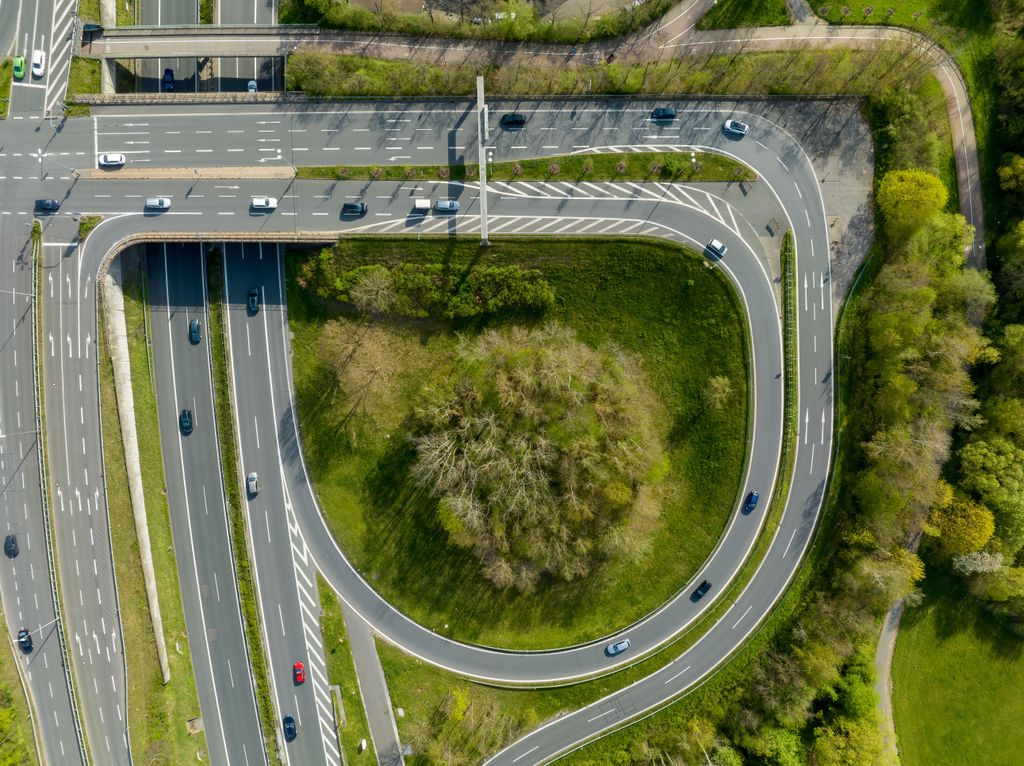
7. **Rationale for Restrictions: Why Some Autobahn Sections Have Limits**
The strategic implementation of speed limits across various sections of the German Autobahn is a deeply considered policy. It is driven by a confluence of critical factors primarily centered on public safety, environmental responsibility, and urban planning. These restrictions are not arbitrarily imposed but are instead precisely applied to address specific challenges and to mitigate identified potential hazards inherent in different road environments. One of the primary and frequently cited reasons for imposing these limits is the crucial need to regulate noise levels. This is particularly pertinent in areas where the Autobahn passes in close proximity to urban centers or established residential communities. Unrestricted high-speed traffic generates substantial noise pollution, which can significantly detract from the quality of life for residents living nearby.
Furthermore, the mitigation of safety risks plays an absolutely paramount role in the decision-making process for limiting speeds. Certain specific road sections are explicitly “deemed unfit for unlimited speeding” due to a variety of factors. These include their inherent design, such as sharp curvatures or limited visibility, or their propensity for experiencing consistently higher traffic volumes. In areas characterized by “more traffic or higher risk,” stringent speed limits are systematically put in place to drastically reduce the likelihood of serious accidents. They also manage the flow of vehicles much more effectively and safely.
As the context profoundly emphasizes, “incidents of excessive speed underscore the importance of road safety and strict adherence to traffic rules,” even on those stretches that might otherwise evoke a strong sense of “freedom” from constant speed monitoring. This reinforces the fundamental principle that responsible driving remains a universal and non-negotiable imperative, irrespective of the legendary status of the Autobahn. The regulations are a testament to a pragmatic approach. They balance the allure of speed with the overriding necessity of ensuring the well-being of all who utilize Germany’s extensive highway network.
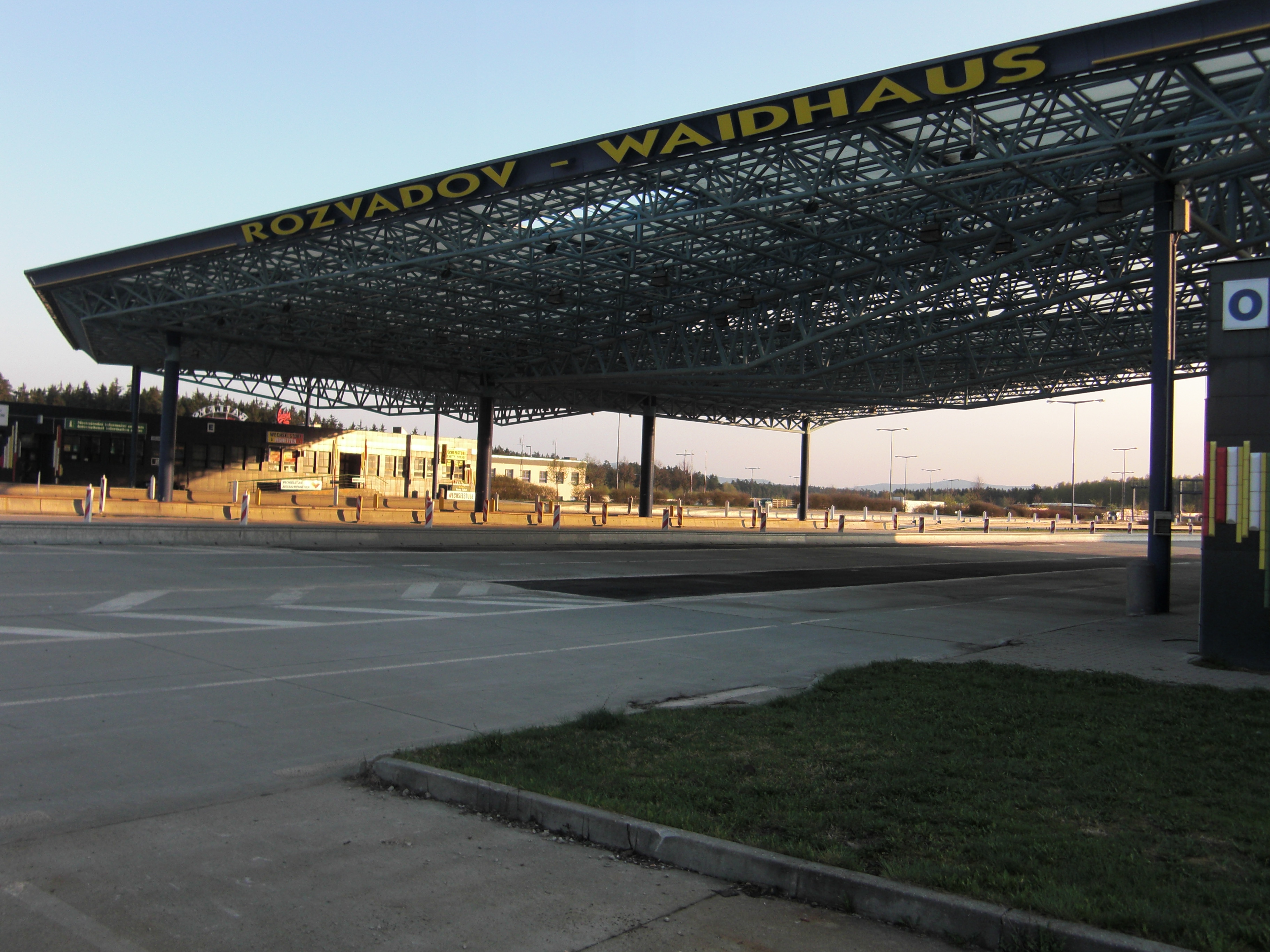
8. **The Pervasiveness of Regulated Sections**
The long-held global perception of Germany’s Autobahn as an entirely unrestricted network, where drivers can push their vehicles to their absolute limits without legal impediment, is a myth that requires careful clarification. While the allure of limitless speed is certainly part of its mystique, the operational reality is far more nuanced and structured. A substantial and ever-growing proportion of these world-renowned motorways are, in fact, subject to clear, legally binding, and rigorously enforced speed regulations, serving vital safety and environmental functions within the broader infrastructure.
This reality is quantitatively supported by official figures, indicating that “almost 30 per cent of roughly 8,000 miles of autobahn” currently operate under established speed limits. This translates into thousands of kilometers where drivers must conscientiously observe posted restrictions, a fact that directly challenges the romanticized narrative of universal freedom. These regulated segments are strategically implemented, not arbitrarily, but for compelling reasons such as managing noise levels near residential areas, mitigating heightened safety risks in complex or high-traffic zones, and optimizing overall traffic flow efficiency. Such measures are crucial for maintaining the network’s high standards of safety and functionality across its diverse terrain.
The presence of these numerous regulated sections underscores a pragmatic approach to highway management. It demonstrates a commitment to balancing the unique cultural appreciation for high-speed driving with the paramount responsibilities of public safety and environmental stewardship. Therefore, understanding the Autobahn necessitates acknowledging these critical regulated zones as fundamental components of its intricate design and operational philosophy, moving beyond simplistic perceptions to grasp its true complexity.
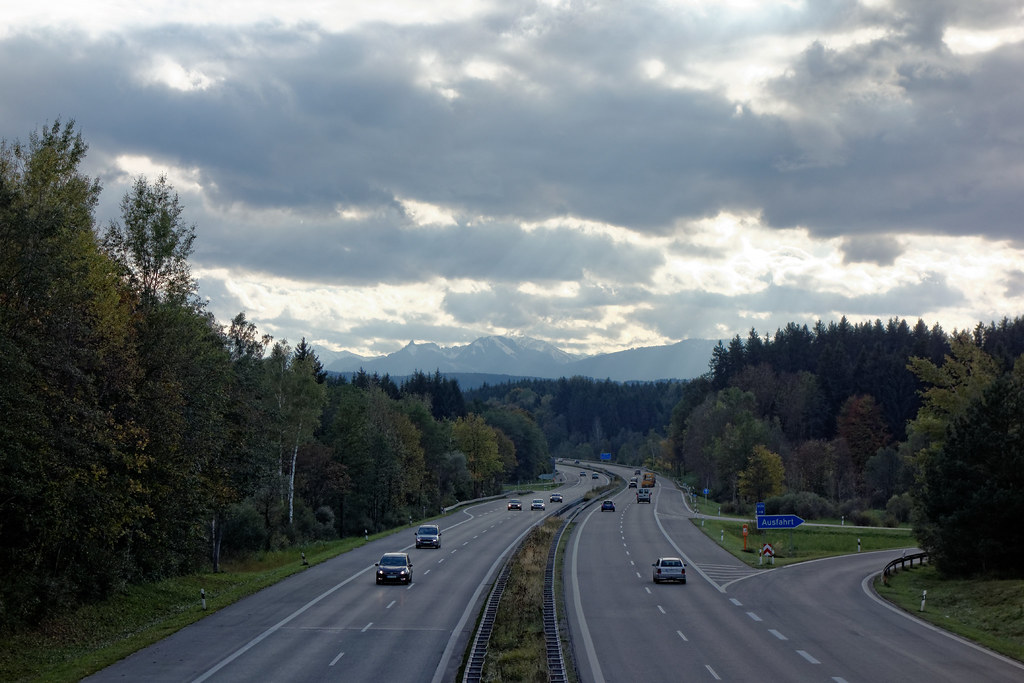
9. **The Enduring National Debate on Universal Limits**
The question of whether to impose universal speed limits across the entire Autobahn network has been a subject of persistent and often heated national debate within Germany for many years. This ongoing discourse involves a diverse array of stakeholders, including governmental authorities, various driving clubs, environmental advocacy groups, and the general public, each presenting their unique perspectives and arguments. The division reflects deeply held beliefs about personal freedom, public safety, and national identity.
Public sentiment on the issue remains notably divided. A poll conducted in 2019 revealed that “roughly half of Germans remain opposed to autobahn speed limits,” indicating a significant segment of the population that cherishes the existing system of unrestricted sections. This cultural attachment to high-speed driving is often intertwined with a sense of national pride in German engineering and vehicle performance, viewing the Autobahn as a unique expression of this capability.
The “controversial debate over whether to keep the no-limit policy in some areas has gone on for years,” highlighting the deep-seated nature of the discussion. This is not a fleeting argument but a core aspect of Germany’s motoring identity, with passionate advocates on both sides. The continued absence of a universal limit underscores the powerful cultural and political forces that champion the preservation of the Autobahn’s distinctive character, even as safety and environmental concerns gain prominence.
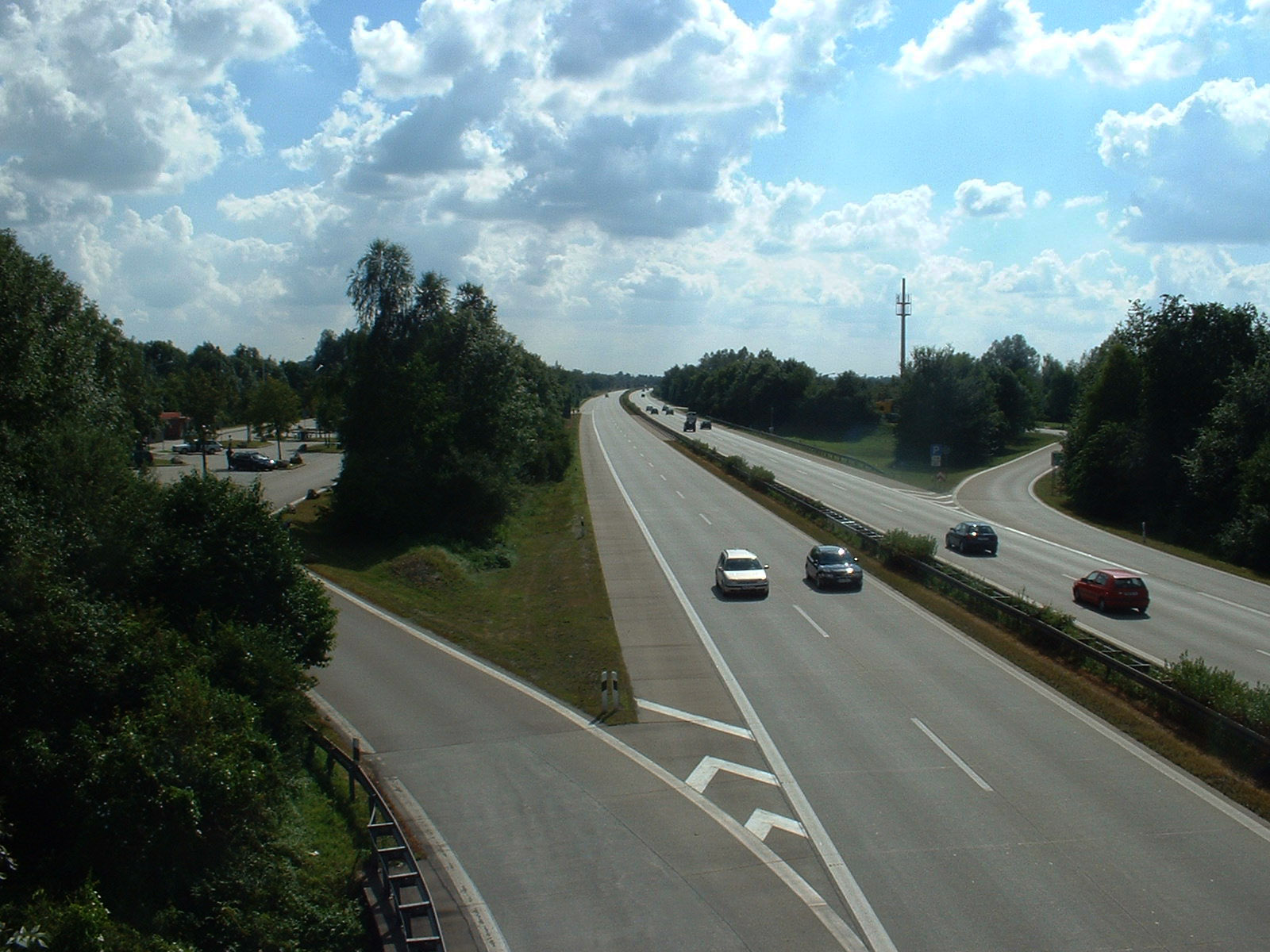
10. **Government and Political Stance on Speed Limits**
Within the German political landscape, the debate over Autobahn speed limits is often polarized, with different parties advocating for distinct approaches. Parties such as the Greens and Social Democrats have consistently “stressed the need for speed limits,” underpinning their arguments with concerns related to public safety and the environmental impact of high-speed driving. They argue that universal limits would lead to fewer accidents, reduce CO2 emissions, and contribute to a quieter environment, especially near residential areas.
Conversely, groups like the Free Democratic Party (FDP) champion the existing policy, framing the freedom to drive at unrestricted speeds as “a matter of personal choice.” This perspective emphasizes individual responsibility and trust in drivers’ abilities, alongside the economic benefits derived from a high-performance automotive industry. The FDP’s stance aligns with a more liberal view of state intervention in individual freedoms, particularly in a domain as culturally significant as motoring in Germany.
Despite the persistent calls for change from some political factions, the federal government has, at least in recent years, maintained its opposition to a blanket speed limit. A significant decision was made in 2019 when the government “rejected calls to introduce speed limits on the network.” This political decision reflects a careful balancing act, acknowledging the arguments for regulation but ultimately upholding the tradition of unrestricted sections, likely influenced by public sentiment and the political power of automotive industry interests.
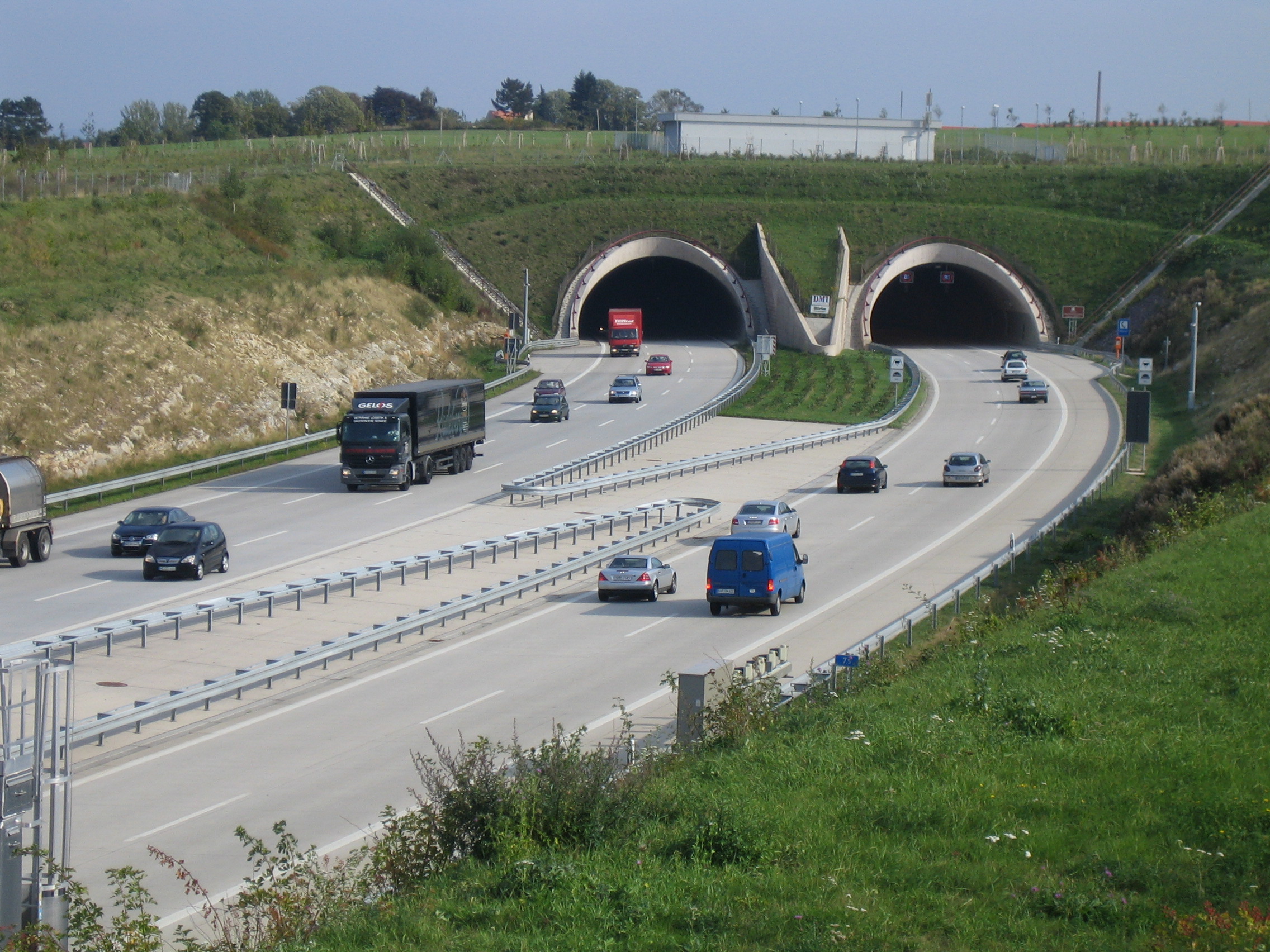
11. **Specific Vehicle Category Limitations**
Even on segments of the Autobahn where a general speed limit is absent, the concept of “unlimited speed” does not apply universally to all types of vehicles. Germany’s traffic regulations include specific restrictions designed to manage the safety and operational characteristics of various vehicle categories. These limitations are crucial for maintaining the overall integrity and safety of the network, recognizing that not all vehicles are designed or equipped for sustained high-speed travel.
For instance, certain vehicle classes are subject to clearly defined maximum speeds regardless of the posted limits for cars. “Buses with passengers are capped at 60 kph” (approximately 37 mph), ensuring the safety of public transport and its occupants. Similarly, “motorcyclists hauling trailers are limited to 37 mph,” recognizing the inherent instability and increased risk associated with such configurations at higher velocities. These are vital distinctions for different road users.
Further restrictions apply to heavier vehicles and those towing trailers. “Vehicles weighing over 3.5 tons are allowed a max speed of 50 mph,” a sensible precaution given their increased braking distances and potential for greater damage in an accident. This limit also extends to “cars/trucks/buses hauling trailers” that are not specially certified. However, for “cars/trucks/buses with trailers that are certified for speeds over 100 km/h,” their cap is set at that specific speed (approximately 62 mph), acknowledging advanced safety features in certain setups while still ensuring a controlled pace.
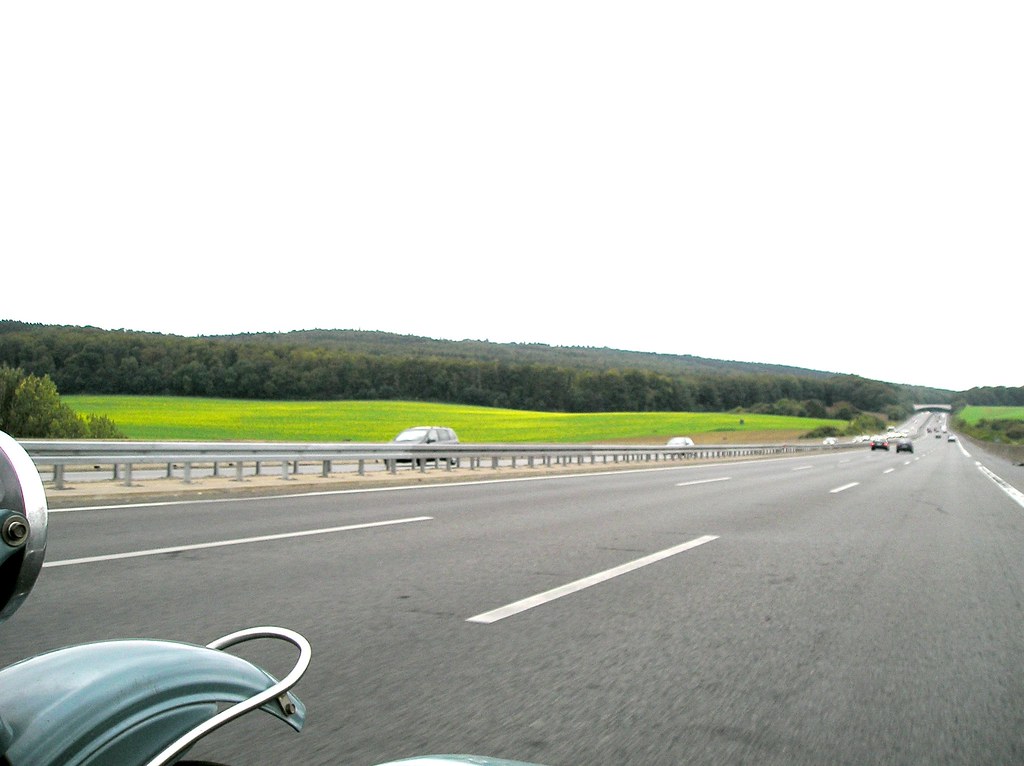
12. **The “Recommended Speed” Guideline**
While many sections of the German Autobahn are renowned for not having a mandatory speed limit for passenger cars, the authorities do provide a crucial guideline known as the “recommended speed,” or Richtgeschwindigkeit. This recommendation serves as an advisory speed for drivers on unrestricted sections, encouraging a prudent and safe pace even when no legal maximum is enforced. It embodies a principle of responsible driving and self-regulation.
The generally “suggested speed” on the Autobahn, where no limits are posted, is 81 miles per hour (approximately 130 kilometers per hour). This figure is not a legal maximum that can result in a fine, but rather an indicator of what is considered a safe and appropriate speed under ideal conditions. Adhering to this recommendation is seen as good practice, contributing to smoother traffic flow and reducing the likelihood of accidents, even for drivers who are legally “allowed to exceed that speed.”
Drivers who choose to exceed the recommended speed are generally not penalized unless they are involved in an accident or commit another traffic infraction. However, in the event of an accident, if a driver was traveling significantly above the recommended speed, they might be found to have a higher degree of fault, even if no explicit speed limit was violated. This subtly reinforces the importance of the guideline, acting as a crucial behavioral standard for high-speed driving in Germany.
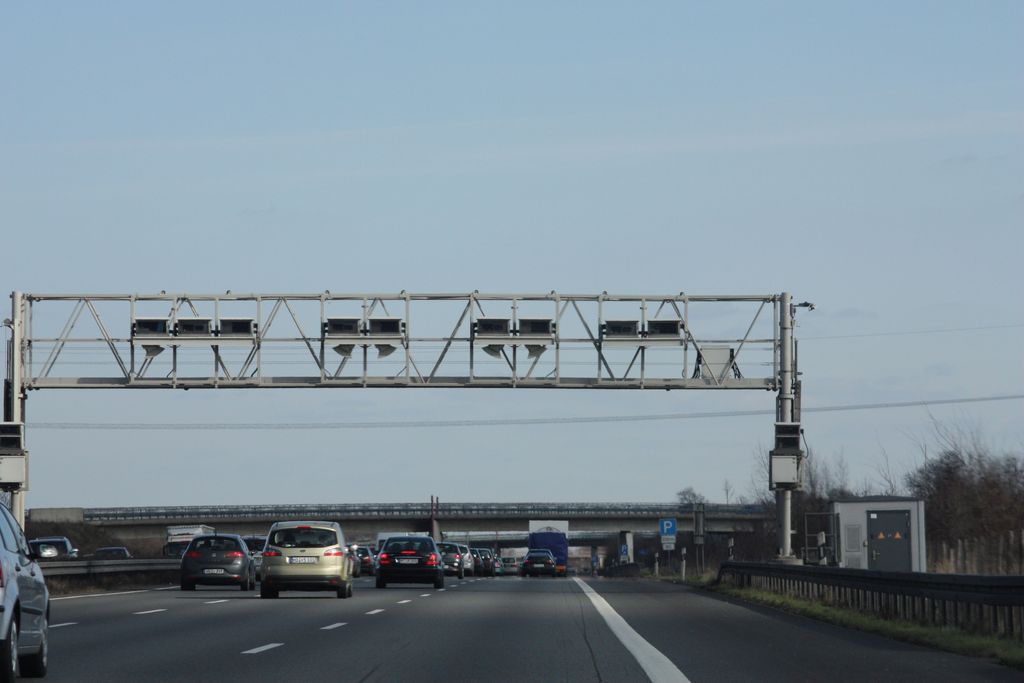
13. **Historical Apexes of Autobahn Speed**
The Autobahn’s legacy is not just built on its daily operational speeds but also on the historical feats of extreme velocity achieved on its hallowed stretches. These record-setting events, while often occurring under controlled conditions, underscore the engineering prowess associated with both the vehicles and the infrastructure. They contribute to the mythical status of the Autobahn as a place where speed records are forged.
The all-time “record for the fastest speed achieved on the Autobahn is 268 mph (432.7 kmh).” This astonishing speed was accomplished by the legendary driver Rudolf Caracciola, behind the wheel of a highly specialized 1938 Mercedes-Benz W125 Rekordwagen. This remarkable achievement speaks volumes about the early capabilities of German automotive engineering and the potential that the Autobahn offered as a testing ground for ultimate performance.
It is critical to note that this “record-setting achievement happened on a portion of highway that was closed off specifically for the record.” This meant that the unparalleled speed “did not put any other driver at risk,” distinguishing it from the recent incident involving a motorist caught recklessly speeding on an open, regulated section. While modern supercars possess the capability to reach such speeds, the practicalities and safety implications of breaking this record on an open public road today are immensely challenging, making Caracciola’s feat truly monumental and largely an artifact of a different era.
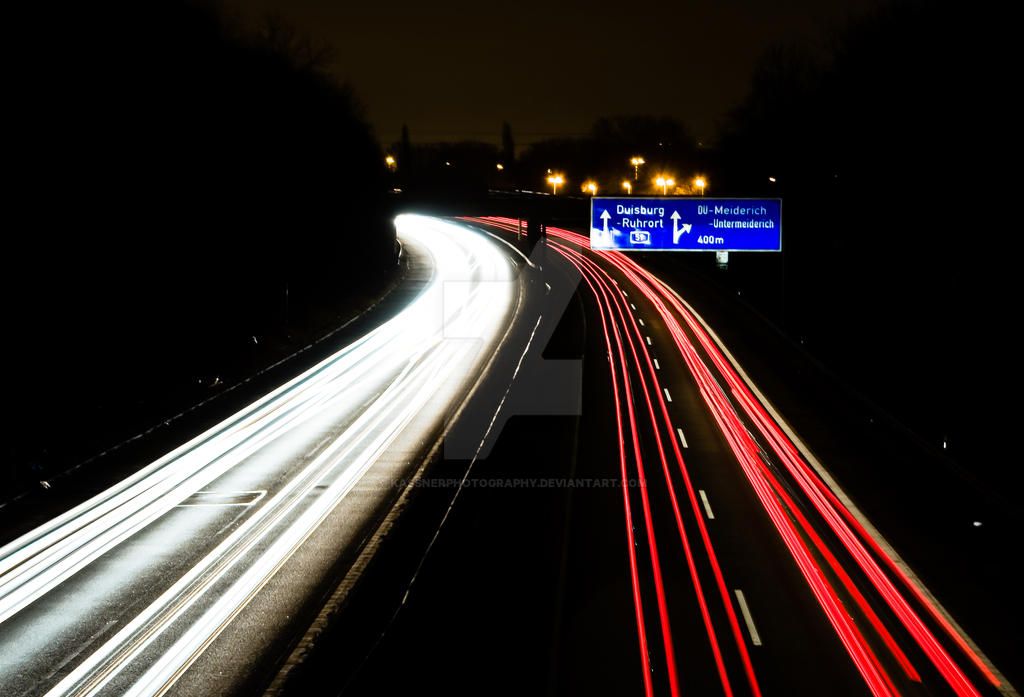
14. **Comparative Severity of Speeding Penalties (Germany vs. US)**
The financial and administrative penalties imposed for extreme speeding on the Autobahn, while significant in Germany, offer an interesting point of comparison with the legal consequences that might be faced in other nations, particularly the United States. The recent incident, where a driver was fined 900 euros ($1,043) and received a three-month driving ban for exceeding the limit by 124 mph, provides a clear benchmark for German enforcement.
In the United States, particularly for such an egregious violation, the repercussions could be far more severe. As one report highlights, an individual caught driving “124 mph over the speed limit” in the US “would be lucky to escape jail time.” This stark contrast underscores different legal philosophies and sentencing guidelines. For example, in the state of Florida, “you can face jail time for speeding 50 mph or more,” demonstrating a considerably lower threshold for criminal charges related to excessive speed.
The German system, while strict with fines, license points, and driving bans, often prioritizes administrative penalties over immediate incarceration for traffic offenses of this nature, unless other serious factors are involved. This comparative analysis reveals that while Germany’s Autobahn offers areas of unparalleled speed, the legal system is robust in penalizing violations, and in some aspects, particularly regarding the potential for imprisonment, US penalties for similar extreme infractions can be more severe, reflecting different societal and legal approaches to road safety.
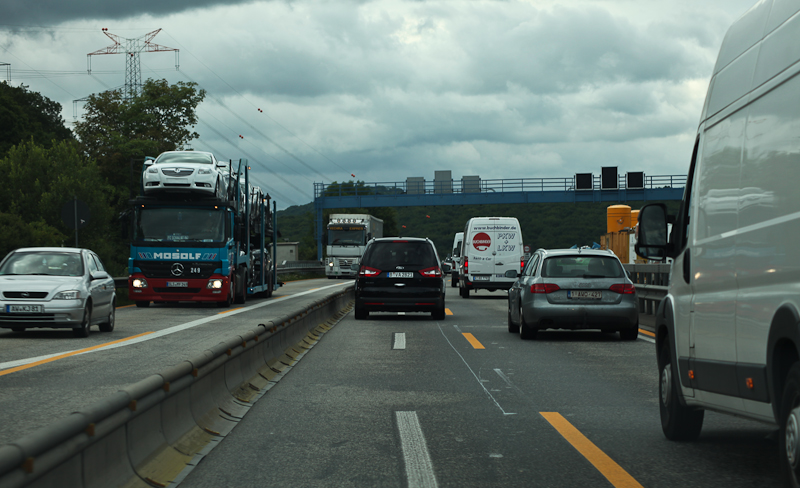
15. **Dynamic Traffic Management Systems for Optimized Flow**
Beyond the application of fixed speed limits in specific zones, a crucial and increasingly sophisticated element of the Autobahn’s comprehensive operational framework involves the deployment of dynamic traffic management systems. These advanced technological solutions are strategically utilized to optimize traffic flow, significantly enhance road safety, and ensure efficient responsiveness to real-time conditions encountered across the vast network. This proactive and intelligent approach moves well beyond static signage, providing adaptable and immediate solutions for a constantly evolving traffic environment.
These state-of-the-art systems actively regulate traffic in direct response to prevailing road conditions, such as congestion, inclement weather, or developing incidents. It is specifically highlighted that “a further 9 per cent use traffic systems to ensure smooth operations.” This often entails the use of overhead gantries equipped with electronic signs that can dynamically display variable speed limits, issue lane closure advisories, or communicate urgent warning messages to drivers. Such flexibility allows for immediate, data-driven adjustments that are critical for optimizing traffic flow and proactively preventing potential accidents or prolonged delays.
The integration of these intelligent traffic management technologies plays a pivotal role in mitigating risks, particularly in sections that are prone to unpredictable changes, like sudden spikes in traffic volume or rapidly deteriorating weather conditions. By continuously monitoring and dynamically adjusting operational parameters, these systems are instrumental in upholding the high operational standards for which the Autobahn is renowned. They ensure that even on stretches without fixed universal speed limits, both safety and efficiency are meticulously managed through cutting-edge technological innovation and real-time, adaptive responsiveness.
This detailed examination of Germany’s Autobahn system reveals a reality far richer and more complex than the simple, enduring myth of unlimited speed. It is a sophisticated network that deftly balances the legacy of high-performance driving with an intricate web of regulations, advanced technologies, and ongoing public discourse. From the specific limits safeguarding construction zones to the broader debates over national policy, and from the precise restrictions on certain vehicles to the historical pursuit of velocity records, the Autobahn stands as a testament to engineering ambition, cultural values, and a continuous commitment to safety, managed with pragmatic precision.



